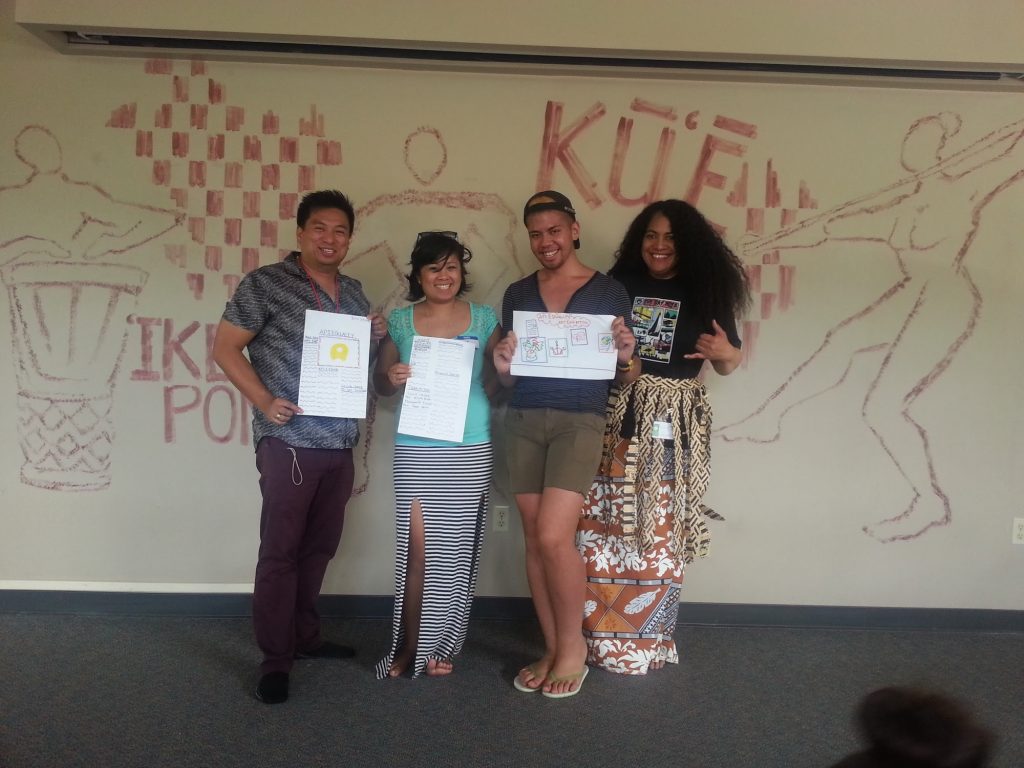APIENC Interns Reflect on NQAPIA Leadership Summit 2013
At this year’s National Queer Asian Pacific Islander Alliance’s (NQAPIA) Leadership Summit in Honolulu, HI, we learned organizing skills and gained more perspective on Pacific Islander needs and issues. API Equality – Northern California was also able to share our own best practices and knowledge by leading sessions on storytelling, one-on-one relationship building, and radical welcome. Check out what our interns thought about the summit here!
One of the summit’s goals was to increase the capacity of LGBTQ API organizations through leadership training. I felt privileged to be in the presence of powerful community members who were sharing the wealth of their knowledge. In the “Radical Welcome” training, we explored how organizations can unwittingly exclude new members, and discussed methods to increase inclusivity, like being mindful of unconscious behavior, applying culturally appropriate practices and encouraging follow-up. Participants were able to learn about how to increase member retention in a way that combats the systems of oppression that often make spaces feel unsafe.
“More Money, More Power” was my favorite. Our trainers Mandy and Shivana helped participants begin to dismantle our anxieties, shame, and fear around asking for money and helped us create action plans. They encouraged us to think differently about fundraising, and helped us reframe our efforts as giving people an opportunity to support our work. After witnessing Shivana demonstrate a successful phone call, I called two friends who pledged to donate to API Equality – Northern California.
All in all, the trainings were an invaluable experience and I am excited to take it back to continue growing LGBTQ API spaces and adding to API Equality – Northern California’s work.
OSE & CATRINA – PACIFIC ISLANDER CONVENING
The NQAPIA Summit was inspiring. NQAPIA recognized and built a platform for Pacific Islanders to build community by providing space for us to hold a convening and a caucus. During the convening, Pacific Islanders from Guam, Samoa, Siapan, Tahiti, Tonga, the Hawaiian Islands, and the mainland were able to connect over issues and experiences within the PI community. We shared stories of struggles. We stripped away our differences of class, PI ethnic background, religion, sexuality, age and past trauma. One participant from the University of Hawaii at Manoa, Lee, spoke about the need to find ways of respecting our elders, which launched us into a discussion about how to engage with our families in conversations while respecting our culture and traditions.
Ose: As a gay Samoan, I still struggle with all of my identities, especially when I show up at my church. Church is not only my place of worship, but also a space where I learned the Samoan language, legends and myths, oral histories, and participated in traditional ceremonies. I’m learning to embrace this as a part of my journey– it is about navigating the desire to stay true to my devotion to the church and my need to stay true to myself.
On Friday, July 26th, two buses full of Asian Pacific Islander LGBTQ people and allies embarked on a short tour of Oahu, Hawai’i. We were scheduled to visit two popular destinations–‘Iolani Palace and Pearl Harbor–but we were not there to see museum placards or gift shops. Rather than the typical beaches, war memorials, and “hula girls,” our trip was a “De-Tour” from the colonized, appropriated tourist-destinations that thousands of folks visit every year.
The tour gave participants the opportunity to learn from amazing Hawaiian activists, all knowledgeable about the history of Native peoples and the Hawaiian sovereignty movement. Eyes were opened as we learned more about the history of imperialism on the islands, and the people’s movement that fought against colonizing forces. At ‘Iolani Palace, for example, I was shocked to learn of the Hui Aloha Aina Anti-Annexation Petitions. These petitions were gathered from 1897-1898, and showed the strong will of the Hawaiian people to resist annexation and further colonization by the U.S. The Hui Aloha Aina signatures actually worked to fight annexation, and yet they were rarely (if at all) talked about in any history class that I’ve taken!
Tour participants were further challenged when we embarked on our next stop to Pearl Harbor. The narrative painted in my pre-university education often highlighted “brave American forces,” and “Japanese aggressors.” Native Hawaiians and Pacific Islanders perspectives were not included in these discussions–until now. At each rotating station of the Pearl Harbor exhibit, we examined how external military forces and post-Pearl Harbor racism negatively affected the native community. All of this knowledge worked to agitate and inform summit participants, motivating us to educate ourselves further on the struggles and successes of Native Hawaiian and Pacific Islander communities.



